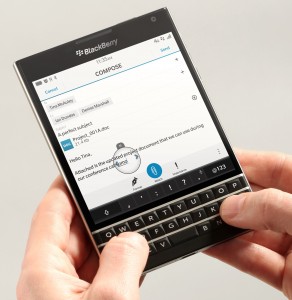Amancio Ortega, who transformed clothing group Inditex from a tiny family dressmaker into a Spain’s biggest company, briefly overtook Bill Gates on Friday to become the world’s richest man [1]. As one of the brands under Inditex, ZARA is the largest international apparel retailer, and its marketing strategies are very successful.
The first marketing strategy of ZARA is direct sales mode. Zara controls most of the stages on the chain supplying, designing, manufacturing, and distributing its products [2].
Another marketing strategy of ZARA is focus-cost strategy [3]. ZARA positions its goods as high-end products with low price.
The third marketing strategy of ZARA is positioning strategy [4]. ZARA introduces its products to the markets by using the brand of ZARA “made in Europe”. Many customers in developing countries believe that the goods made in Europe are high-end products. However, ZARA sells its products with a low price, which can easily attract the customers from the developing countries.
Successful implement of the above marketing strategies turns ZARA into the world’s largest apparel retailer. I would suggest that garment producers should use the case of ZARA as a reference for their marketing consideration. ZARA’s story interprets the successful application of marketing strategies by considering the direct sales, focus-cost and product and customer positioning strategies.
Reference
- http://www.cbc.ca/news/business/amancia-ortega-bill-gates-richest-1.3285976
- http://edition.cnn.com/BUSINESS/programs/yourbusiness/stories2001/zara/
- Porter, M. E. (1980). Competitive Strategy: Techniques for Analyzing Industries and Competitors. New York: Free Press.
- Ries, A. & Trout, J. (2001) Positioning: The Battle for Your Mind. New York


